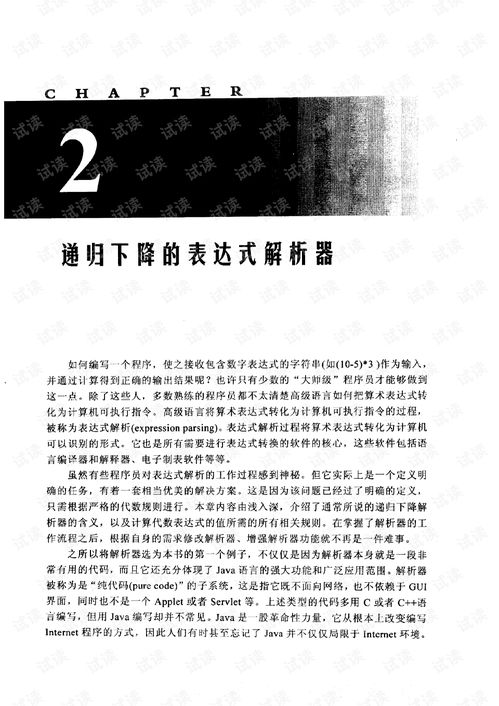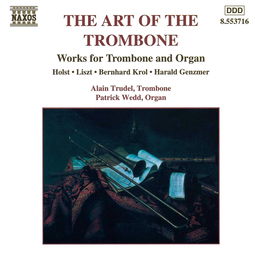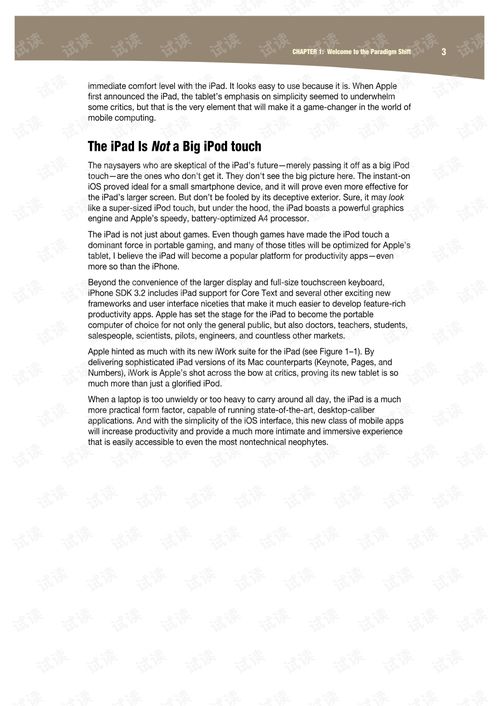Content:
Fishing, an ancient pastime that has stood the test of time, continues to captivate anglers around the world. With the advent of new technologies and innovative methods, fishing has evolved, and one such technique that has gained popularity is using bottles as fishing tools. This article delves into the art of fishing with bottles, providing detailed methods and essential tips to help you master this unique approach.
Understanding the Basics of Bottle Fishing
Bottle fishing, also known as bottle fishing or bottle trap fishing, is a method that involves using empty bottles as traps to catch fish. This technique is particularly effective in still waters such as ponds, lakes, or slow-moving streams. Here's how it works:
Selecting the Right Bottle: The choice of bottle is crucial. Opt for clear plastic bottles that are large enough to accommodate fish but not too large to be easily spotted by the fish. A size of around 2 liters is ideal.
Preparing the Bottle: Clean the bottle thoroughly to remove any residues that might deter fish. Ensure the bottle is sealed with a cap or a piece of plastic wrap to prevent water from seeping in.
Creating the Bait: The bait you use will depend on the type of fish you're targeting. Common baits include worms, bread, or even small pieces of fish. Attach the bait to a fishing line that is tied securely to the bottle's cap or the top of the bottle.

Setting Up the Bottle Trap
Once you have your bottle and bait ready, follow these steps to set up your trap:
Choose the Location: Select a spot in the water where fish are likely to be. This could be near vegetation, rocks, or any other structure that fish might hide behind.
Submerge the Bottle: Hold the bottle by the line and gently lower it into the water. Ensure the bottle is submerged to the desired depth, typically around 1 to 2 feet below the surface.
Anchor the Bottle: Use a weight or a heavy object attached to the line to keep the bottle in place. This will prevent it from floating away with the current.
Secure the Line: Tie the line to a nearby tree, rock, or any other stable object to ensure the bottle remains stationary.
Tips for Successful Bottle Fishing
Patience is Key: Fish may take some time to notice the bottle trap. It's essential to be patient and wait for the fish to approach.
Monitor the Trap: Check on your trap regularly to see if any fish have been caught. This will help you understand the effectiveness of your setup and allow you to make adjustments if necessary.
Adjust the Bait: If you're not catching fish, try changing the type of bait or the way it's presented. Sometimes, a slight variation can make a big difference.
Use a Variety of Baits: Experiment with different baits to see which one works best in your particular environment. This can help you increase your chances of success.
Be Environmentally Conscious: Always clean up after your fishing trip and dispose of any waste properly. This helps to preserve the natural habitat and ensure that the area remains a suitable place for fishing in the future.
Advanced Techniques
For those looking to take their bottle fishing to the next level, here are a few advanced techniques:
Multiple Traps: Setting up multiple traps can increase your chances of catching fish. Just be sure to monitor them all regularly.
Night Fishing: Fish are often more active at night, so setting up traps during the evening can yield better results.
Camouflage: Adding camouflage paint to your bottles can help them blend in with the surroundings, making them less noticeable to fish.
Underwater Photography: If you're interested in capturing the underwater action, consider using a waterproof camera to document your fishing experience.
In conclusion, bottle fishing is a unique and exciting method that can be both a fun pastime and a practical way to catch fish. By understanding the basics, following the tips outlined in this article, and experimenting with advanced techniques, you'll be well on your way to mastering the art of fishing with bottles. Happy fishing!












